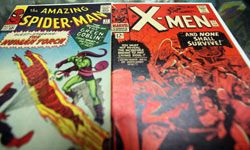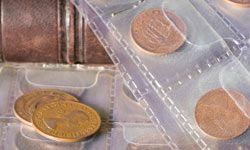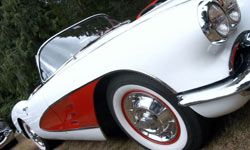A few years back, a man bought a $4 picture frame at a Pennsylvania flea market. When he took the frame apart, out popped a copy of the Declaration of Independence. The document was a so-called "Dunlap print," one of only a handful produced by the 18th-century Philadelphia printer John Dunlap [source: Reif]. In 2000, a separate Dunlap Declaration of Independence sold for $8.14 million [source: Gregory].
When people hear such stories, they often scour attics, antique shops and flea markets hoping to find that one item that will make them rich. It's not a bad idea. As the economy sours and investments in stocks, bonds and real estate skid, unusual investments can often net a financial windfall.
Advertisement
Whether they're sinking their money in to coins, antiques or high-end wines, the best investor is a knowledgeable investor. They can spot fakes and forgeries. They buy high-quality items at good prices, but specialize in only a few. A smart investor buys with their head, not with their heart.
If you're thinking about investing in unusual items, there are many things to remember. Become an expert. Pick the brains of other dealers and collectors, and then buy the best that you can afford. Make sure items are signed or in their original boxes. Look at an item's condition. The more perfect the piece, the more money you can make. Buy an item with a good provenance. Also, become adept at knowing where and when to sell.
Turn the page and start your journey for 10 unusual investments.



